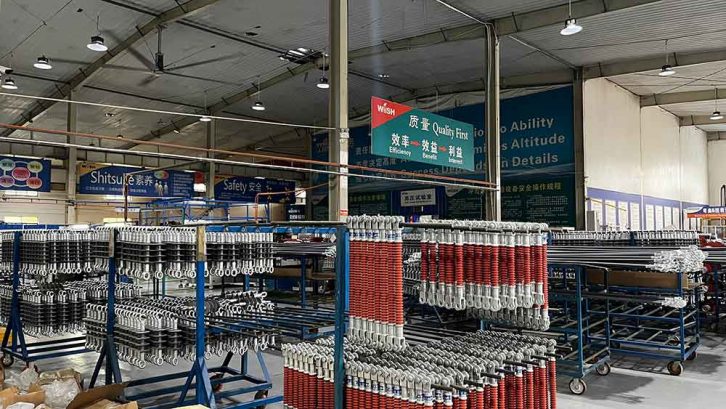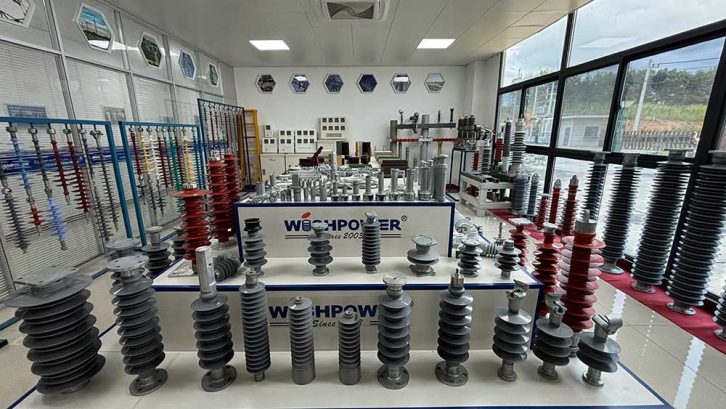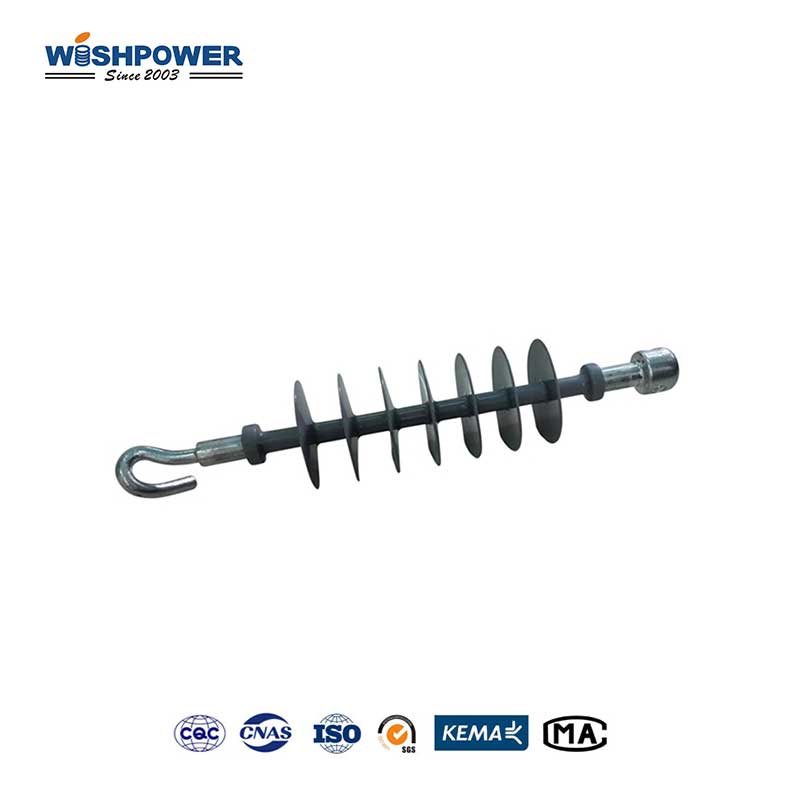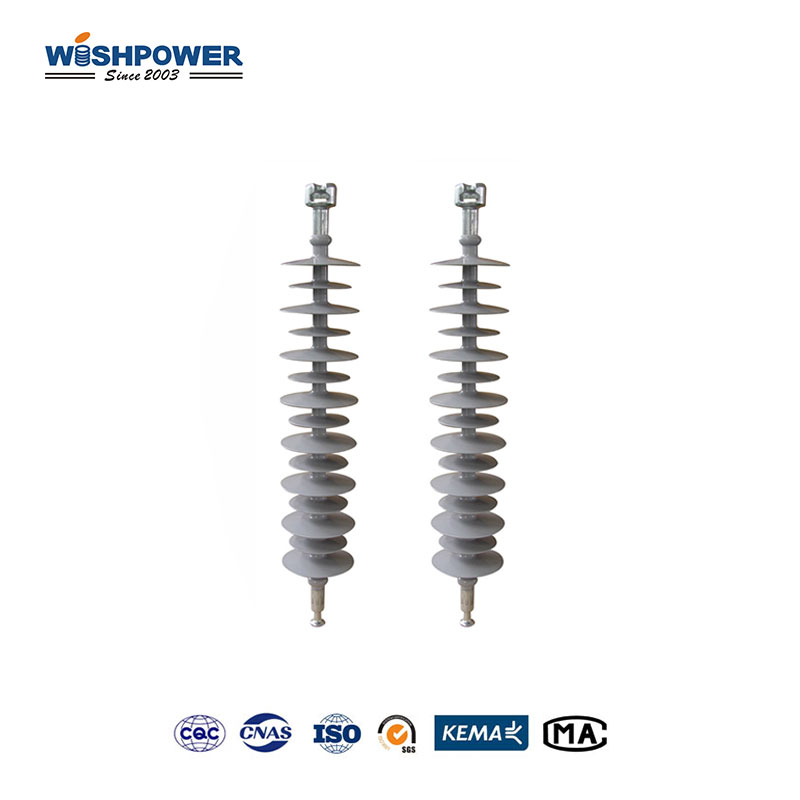Main Disadvantages of Suspension Type Insulator
Suspension type insulators have long been a staple in high-voltage power transmission systems. While they offer structural reliability and cost-effectiveness, several disadvantages limit their use in modern applications. This article explores those limitations to help power engineers make informed decisions.
1. Heavier Structure and Complicated Installation
Suspension insulators consist of multiple porcelain or glass discs in a series, making them heavy and cumbersome. Installation requires cranes and extra labor, particularly challenging in mountainous or high-altitude locations, increasing operational complexity and time.
2. Vulnerability to Environmental Pollution
Pollutants like dust, salt, and industrial residue tend to accumulate on traditional insulator surfaces. This increases leakage current and reduces insulation efficiency, especially in coastal or industrial areas, where flashovers and breakdowns are more common.
3. High Maintenance Requirements
Routine inspections, cleaning, and testing are labor-intensive due to the multi-unit structure. Fragile materials like glass or porcelain are prone to damage from vibrations or impacts, necessitating frequent repairs or replacements.
4. Poor Seismic and Wind Resistance
The hanging structure of suspension insulators makes them susceptible to swaying during earthquakes or strong winds. This can cause mechanical fatigue and compromises long-term stability in harsh environments.
5. Unsuitable for High Pollution and High Altitude
In polluted environments, additional protective skirts or longer strings are needed to maintain sufficient creepage distance, adding to cost and weight. High-altitude regions require even longer creepage, often beyond the capacity of traditional suspension insulators.
6. Being Replaced by Composite Insulators
Composite insulators are gaining popularity due to their lightweight, hydrophobic surfaces, superior pollution resistance, and integrated design. These modern alternatives require less maintenance and offer enhanced reliability, making them increasingly preferred in new installations.

Conclusion
While suspension type insulators have historically played a vital role, their disadvantages are becoming more pronounced in modern, demanding applications. Careful assessment of environmental conditions and system requirements is essential when choosing insulation solutions today.
About WishPower
WishPower is a professional manufacturer of high-performance electrical insulation products, including composite insulators, surge arresters, and transformers. Our solutions serve railway, power grid, wind, and solar energy sectors worldwide. With advanced testing facilities and expert engineering teams, we offer customized products to meet diverse application needs.


















